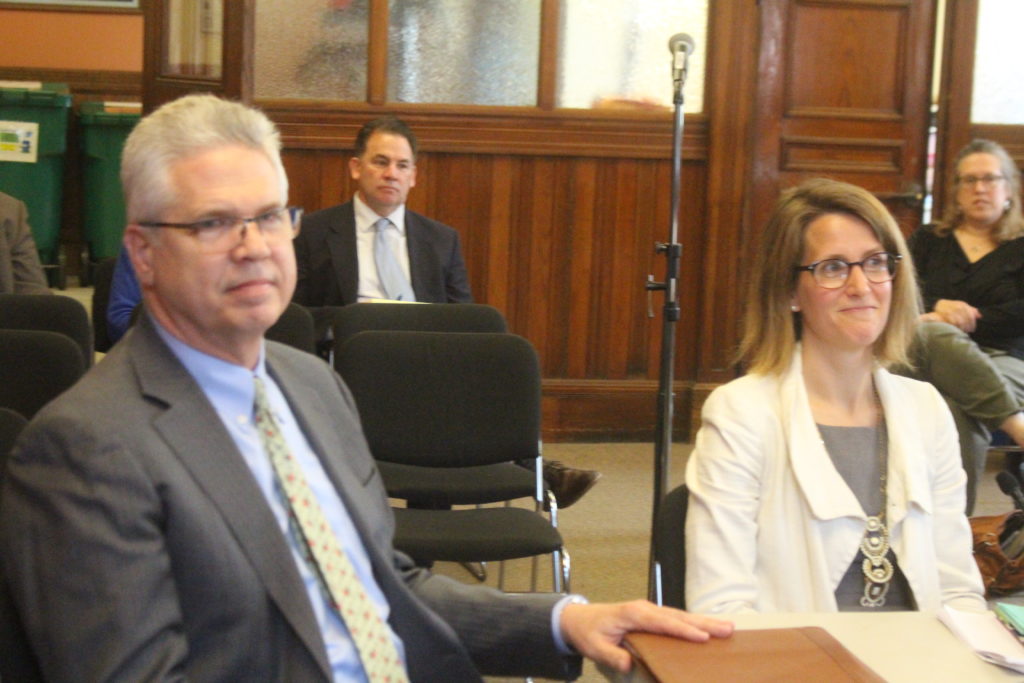Photo: NO! The incorrect way to leave your trash carts for the hauler.
Starting Monday, Oct 1, trash carts whose lids are not fully closed will be left behind on the curb. And don’t go crying to the town about having to wait a week to have your garbage taken away.
That’s the word from Belmont Department of Public Works Director Jay Marcotte who told the Board of Selectmen at its Friday, Sept. 29 meeting that Waste Management – Belmont’s hauler of household garbage and recyclables since July 1 – has decided it was the right time to have the Town of Homes follow the procedures the company has at its service locations around the country.
The reason the lids must be closed is to prevent spillage from overflowing carts when they are lifted into the receptacle trucks.
For those residents who are scofflaws to this new enforcement measure, Waste Management will sticker barrels that are not closed or have unofficial bags on top of trash barrel lid. The town will not send the hauler back to empty stickered trash. Those citizens will have to wait until the following week and then the process must be done correctly; the cart lid closed and excess trash placed in official overflow bags next to the cart.
While Mike Santoro, the head of the highway division, said there is a little leeway for carts whose lids are slightly open, Selectman Mark Paolillo – who has become a crusader against wayward trash around town – was rigid in his support of a completed closed lid, saying there should be no wavering in the law’s application, noting he regularly uses the supplemental bags.
The overflow bags can be purchased at Star Market on Trapelo Road, Hillside True Value on Blanchard Road and the DPW Office at 19 Moore St. The cost is $15 for a sleeve containing five 32-gallon bags.

